No products in the cart.
Sale
Atilmotin | CAS 533927-56-9 | Motilin Receptor Agonist for Gastrointestinal Motility Research
Original price was: $36.00.$28.00Current price is: $28.00.
Atilmotin (OHM 11638) is a motilin receptor agonist and structural analogue of porcine motilin (1–14 fragment). It enhances lower esophageal sphincter and gastric contractions, useful in prokinetic and GI motility research.
Description
Contents
hide
Product Description
Atilmotin (OHM 11638) is a synthetic peptide analogue of the (1–14) fragment of porcine motilin. It has been developed to mimic and enhance the biological actions of native motilin, a gastrointestinal peptide hormone that plays a central role in regulating gastric motility and the migrating motor complex (MMC). With a high binding affinity to the motilin receptor (pKd = 8.94), Atilmotin acts as a potent and selective motilin receptor agonist, showing marked effects on esophageal motility, gastric contractility, and lower esophageal sphincter (LES) tone.
Atilmotin is particularly important in gastrointestinal physiology and pharmacology research, as it offers a model compound for studying motilin receptor activation and downstream signaling pathways. It has been used to explore therapeutic mechanisms relevant to motility disorders such as gastroparesis, functional dyspepsia, and postoperative ileus. Its ability to enhance coordinated smooth muscle contractions and stimulate peristalsis makes it an ideal peptide for studying enteric neuromodulation and prokinetic drug development.
Molecular Background
Motilin is a 22-amino-acid peptide hormone secreted primarily by M cells in the small intestine. It acts through G-protein coupled motilin receptors (MLNRs), which are expressed in the smooth muscle cells of the stomach and intestines. The motilin signaling cascade involves Gq-mediated activation of phospholipase C (PLC), leading to the generation of inositol trisphosphate (IP3), calcium mobilization, and activation of myosin light-chain kinase (MLCK). These intracellular events result in increased smooth muscle tone and rhythmic contractions.
Atilmotin, as a motilin receptor agonist, reproduces these physiological effects with higher stability and receptor selectivity than the natural peptide. Its analog design provides enhanced resistance to enzymatic degradation, ensuring sustained receptor engagement and prolonged pharmacodynamic activity.
Research Significance
Researchers employ Atilmotin in diverse experimental models to investigate gastrointestinal motility, LES function, and esophageal clearance. It has been shown to:
Increase gastric and LES pressure in both in vivo and ex vivo preparations.
Enhance esophageal motility and improve peristaltic coordination.
Stimulate phase III activity of the MMC, the periodic contractile waves essential for gastric emptying.
Provide a mechanistic basis for understanding the pharmacological modulation of motilin receptors in humans and animals.
Applications in Biomedical Research
Atilmotin is widely applied in:
Motilin receptor signaling studies – elucidating receptor-ligand dynamics and downstream signaling molecules.
Prokinetic compound screening – serving as a positive control in evaluating gastrointestinal motility enhancers.
Enteric nervous system studies – helping define motilin’s interaction with cholinergic neurons and smooth muscle cells.
Translational gastroenterology – modeling human gastric motility disorders and developing receptor-targeted therapies.
Its effects have been compared with erythromycin and other motilides, but Atilmotin provides a cleaner pharmacological profile, avoiding off-target antimicrobial activity.
Experimental Findings
In isolated tissue preparations, Atilmotin induces concentration-dependent contraction of gastric fundus and antrum muscle strips. In vivo studies in animal models demonstrate that Atilmotin accelerates gastric emptying and increases LES tone, effects that are sensitive to MLNR antagonists, confirming receptor specificity. Furthermore, electrophysiological recordings show that Atilmotin enhances cholinergic transmission via enteric neurons, contributing to its robust prokinetic profile.
Product Specifications
| Property | Description |
|---|---|
| Product Name | Atilmotin |
| CAS Number | 533927-56-9 |
| Synonyms | OHM 11638; Motilin (1–14) analogue |
| Molecular Formula | CₓHᵧNᵧOᵧ (available upon request) |
| Purity | ≥99% |
| Form | Lyophilized peptide powder |
| Storage | −20°C, protected from light and moisture |
| Solubility | Soluble in water, PBS, or DMSO |
| Stability | Stable for ≥12 months under recommended conditions |
| Category | Motilin receptor agonist; Prokinetic peptide |
| Applications | Gastrointestinal motility research, receptor pharmacology, LES physiology, smooth muscle contractility studies |
| Research Area | Gastroenterology, Pharmacology, Physiology, Peptide Therapeutics |
| Intended Use | For laboratory research use only |
Mechanism of Action
Atilmotin exerts its biological effects primarily through selective activation of the motilin receptor (MLNR), a G protein–coupled receptor (GPCR) localized in gastrointestinal smooth muscle cells and enteric neurons. Upon receptor binding, Atilmotin induces conformational changes in MLNR that trigger the Gq/PLC/IP3/Ca²⁺ signaling cascade.
Stepwise Mechanism:
Ligand Binding: Atilmotin binds to MLNR with high affinity (pKd ≈ 8.94).
Signal Transduction: The receptor activates Gq proteins, which stimulate PLCβ to hydrolyze PIP2 into IP3 and DAG.
Calcium Mobilization: IP3 induces release of intracellular calcium from the sarcoplasmic reticulum, leading to smooth muscle contraction.
Myosin Activation: Elevated Ca²⁺ activates MLCK, promoting phosphorylation of myosin light chains and increasing contractile force.
LES and Gastric Motility: Enhanced smooth muscle tone results in increased LES pressure and stimulation of coordinated gastric peristalsis.
In addition, Atilmotin modulates the enteric nervous system, increasing acetylcholine release from excitatory motor neurons. This amplifies cholinergic-mediated peristaltic reflexes, contributing to its overall prokinetic effect.
Comparison with Natural Motilin
While both Atilmotin and motilin activate MLNR, Atilmotin’s truncated analogue design yields superior receptor selectivity and stability. It lacks motilide-related antibiotic activity, making it ideal for pure receptor pharmacology studies. Its synthetic design also provides enhanced resistance to proteolysis, maintaining functional activity longer in vitro and in vivo.

Side Effects
In experimental studies, Atilmotin demonstrates an excellent safety and tolerability profile under controlled research conditions. However, at supraphysiological concentrations or in sensitive models, transient and reversible effects have been observed, including:
Gastrointestinal hypermotility or increased peristaltic frequency.
Abdominal tension due to elevated LES and gastric tone.
Transient nausea or discomfort associated with excessive contractile stimulation.
These effects reflect exaggerated motilin receptor activation and typically normalize upon dose adjustment. Atilmotin does not produce cytotoxic, mutagenic, or inflammatory effects in standard in vitro assays.
Researchers are advised to titrate experimental doses carefully and monitor physiological endpoints in animal models. As with all peptides, sterile technique and cold-chain storage are recommended to maintain structural integrity and experimental reproducibility.
Keywords
Atilmotin, OHM 11638, Motilin receptor agonist, Prokinetic peptide, Gastrointestinal motility, LES contraction, Smooth muscle research, GPCR ligand, Gastroenterology
Shipping Guarantee
All shipments are handled using validated cold-chain logistics to preserve peptide integrity. Each package is sealed in moisture-proof containers with secondary protective wrapping and continuous temperature monitoring. Products are shipped via express international couriers with full tracking and insurance coverage.
Trade Assurance
We ensure product authenticity, verified ≥99% purity, and compliance with analytical standards (HPLC, MS, and NMR). Each batch is supplied with a Certificate of Analysis (CoA). Our trade assurance policy guarantees replacement or refund for any deviation from listed specifications.
Payment Support
We provide flexible and secure global payment options to support international research transactions. Accepted payment methods include PayPal, major credit cards (Visa, MasterCard, American Express), telegraphic transfer (T/T), and cryptocurrencies (USDT, Bitcoin, Ethereum). All transactions are protected by industry-standard encryption and verified payment gateways to ensure confidentiality and fund security.
Disclaimer
All products listed are intended for laboratory research use only and not for human or veterinary use. They are not drugs, medical devices, or diagnostics and should not be administered to humans or animals. Researchers must handle all materials in accordance with institutional biosafety and chemical safety guidelines. The information provided is for scientific reference only and does not imply therapeutic efficacy, safety, or regulatory approval.
Additional information
| Weight | 0.9 kg |
|---|---|
| Dimensions | 86 × 53 × 86 cm |
Q1: What is Atilmotin used for in research?
A1: It is used to study gastrointestinal motility, motilin receptor signaling, and prokinetic pharmacology.
Q2: What is the purity level of Atilmotin provided?
A2: All batches are verified to have a purity of ≥99% by HPLC.
Q3: Is Atilmotin suitable for in vivo studies?
A3: Yes, it can be used in animal studies under appropriate research protocols.
Q4: What storage conditions are recommended?
A4: Store at −20°C, protected from light and moisture.
Q5: Can Atilmotin be dissolved in aqueous buffers?
A5: Yes, it is soluble in water, PBS, and DMSO.
Q6: What analytical methods confirm product identity?
A6: HPLC, mass spectrometry, and NMR spectroscopy are used.
Q7: What differentiates Atilmotin from erythromycin derivatives?
A7: Atilmotin lacks antibiotic activity and is purely a motilin receptor agonist.
Q8: Does Atilmotin affect other GPCRs?
A8: No, it is highly selective for the motilin receptor.
Q9: How is product authenticity guaranteed?
A9: Each batch comes with a CoA and meets analytical standards.
Q10: Can I order bulk quantities for extended studies?
A10: Yes, bulk orders are supported with custom synthesis and QC documentation.

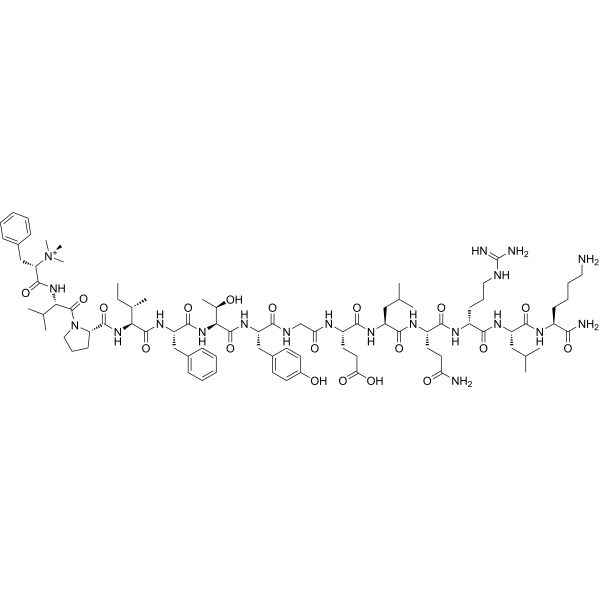

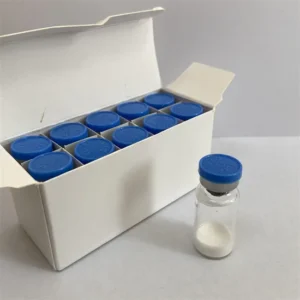
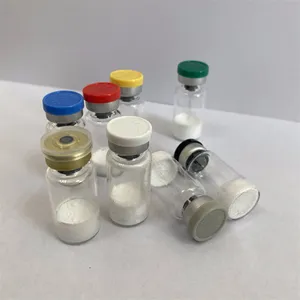
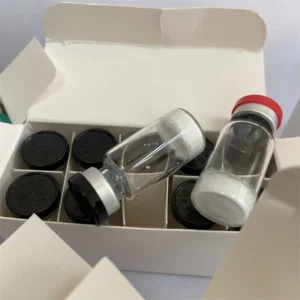
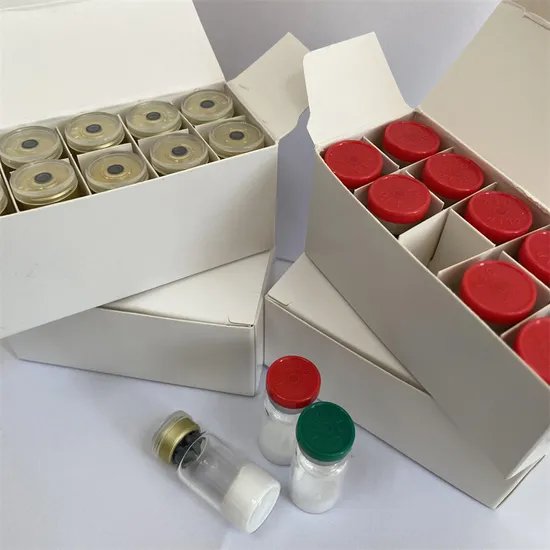
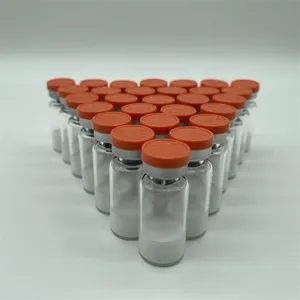
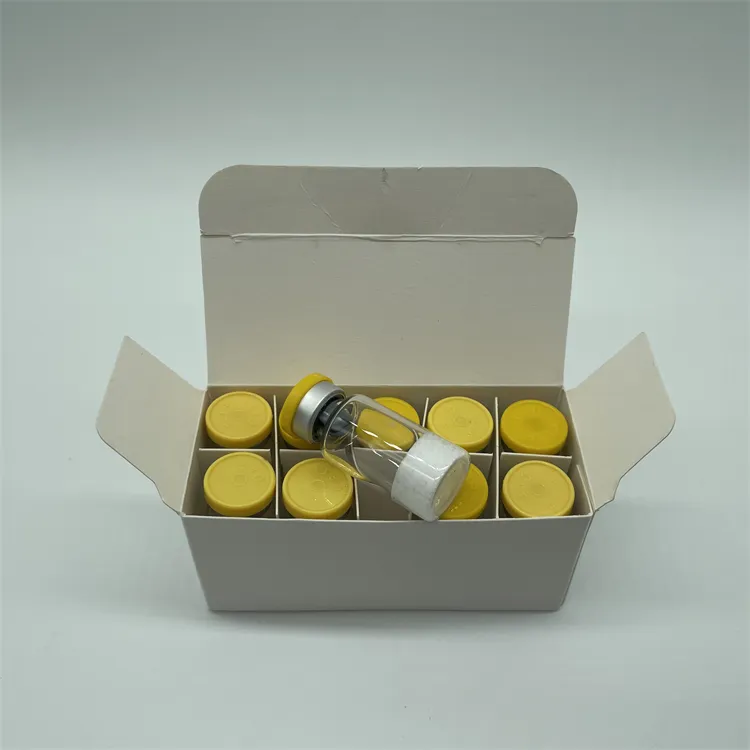
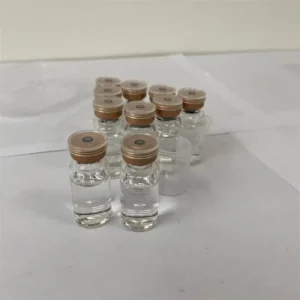
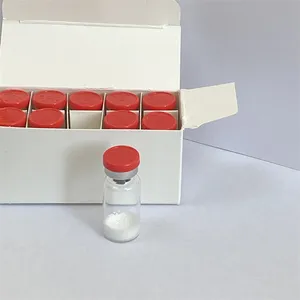
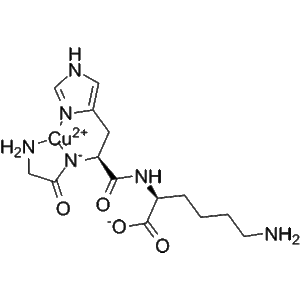
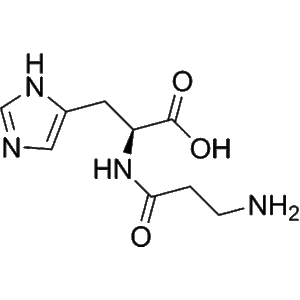
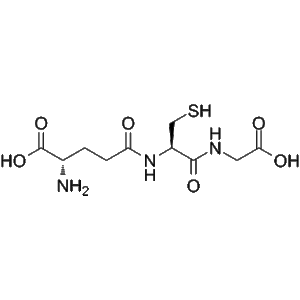
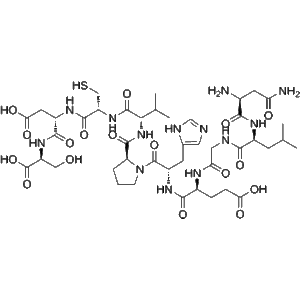
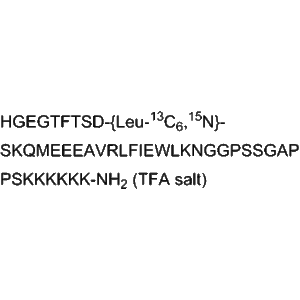
Reviews
There are no reviews yet.